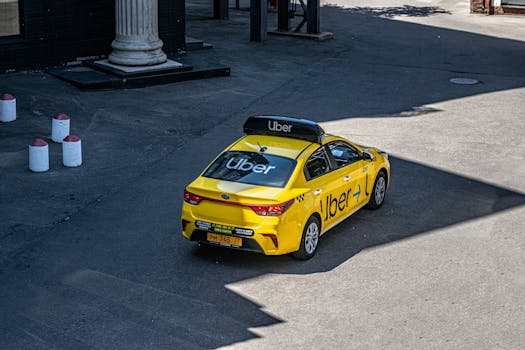Uber Ride

Uber is navigating significant changes affecting both riders and drivers as it faces shifting market demands and heightened regulatory scrutiny. The company has announced a major expansion of its electric vehicle (EV) options, partnering with Motivate to offer discounted EV rides in several major US cities, including New York, Los Angeles, and Chicago. Uber aims to achieve 100% EV rides by 2030, driven by sustainability goals and growing consumer preference for eco-friendly transportation. However, this goal is challenged by EV charging infrastructure limitations and driver incentives, with some drivers concerned about the added costs and logistical hurdles of maintaining EVs.
Uber is also facing renewed legal battles over driver classification, particularly in California, where Proposition 22, which classified drivers as independent contractors, remains under legal challenge. This could significantly impact Uber’s business model, potentially increasing labor costs and affecting fares. A Brookings Institution report highlighted the concentration of market power within the ride-hailing industry, naming Uber and Lyft as dominant players and raising concerns about potential price gouging and limited consumer choice.
Despite these challenges, Uber reported a profitable quarter, exceeding Wall Street expectations, largely driven by the growth of Uber Eats. The delivery service has shown more consistent profit margins than ride-hailing, and is experimenting with AI-powered recommendations and partnerships with local restaurants to enhance the user experience. Uber is also investing heavily in autonomous vehicle technology, although widespread deployment is still years away.
The company has implemented new safety features, including an in-app feature allowing riders to share their ride details with trusted contacts in real-time, and is piloting a video verification system for new drivers. As competition heats up with the emergence of new ride-sharing apps and traditional taxi services, Uber is evaluating its pricing strategies, loyalty programs, and promotional offers to retain its user base and strengthen its position in the dynamic transportation market.

 04 May 2025
04 May 2025 Share
Share






